The vivid yellow flesh of the yellow watermelon gives the fruit its common name. Although red flesh watermelons are more common, yellow watermelons have been grown in Africa for approximately 5,000 years. The farmers who grew it used selective breeding to improve its appearance, firmness, and taste. It has the same red and green striped exterior as a red watermelon.
Table of Contents
What is yellow watermelon?
Yellow watermelons, like their pink counterparts, have a green, striped rind, but otherwise look the same on the outside. For that matter, why are the interior hues distinct? Lycopene, the same antioxidant that gives tomatoes and grapefruits their red colour, gives traditional watermelons their distinctive pink colour. But because yellow watermelons lack lycopene, they never turn red.
What makes watermelon yellow?
Pink grapefruits and tomatoes share an antioxidant called lycopene with red watermelon, which gives the melon its distinctive pink hue. Unlike red watermelons, yellow ones never ripen because they lack the lycopene necessary to change colour. Instead, it contains a lot of the antioxidant beta-carotene, which is also found in large concentrations in pumpkins, sweet potatoes, and other orange vegetables. Not only do yellow watermelons taste great, but they also have several positive health effects. The high levels of vitamins A and C in them make them great for immune system maintenance and the maintenance of good vision and skin.
Difference between yellow and red watermelon:
In addition to their visual distinction, yellow and red watermelons also differ slightly in flavour. A bit sweeter and more honey-like in flavour than the red types, the yellow ones are a crowd favourite. Seeded and seedless types of each are available because of natural cross-breeding, and both can be used interchangeably in summery dishes like fruit salads, smoothies, and desserts.
Taste of yellow watermelon:
The flavour of yellow watermelons is astonishingly close to that of red and pink watermelons, despite their different appearance. It has the same crisp and juicy feel. Certain yellow watermelon cultivars, on the other hand, can have a slightly sweeter, honey-like flavour.
Varieties of yellow watermelon:
Yellow Crimson: Although 'Yellow Crimson' watermelons look identical to the more common pink 'Crimson Sweet' watermelons, the yellow fruit of the former is even sweeter.
Buttercup Yellow Melon: The 'Buttercup Yellow Melon' is a hybrid, seedless type with an exceptionally high sugar content. If you're looking for a seedless watermelon, this is one of the sweetest options.
Yellow Flesh Black Diamond: The 'Black Diamond' variety, of which the 'Yellow Flesh' variant is a subset, was created in Arkansas. Its skin is a uniform shade of dark green. Though not as sweet as some other yellow watermelons, this variety is just as tasty as the red ones.
Desert King: The 'Desert King' variety, which is very strong in beta-carotene and looks more like a cantaloupe than a yellow watermelon, is a tasty exception.
Yellow Doll: Watermelons of the 'Yellow Doll' and 'Yellow Baby Doll' kinds are among the earliest to ripen and are rather modest in size. It only weighs about six pounds, yet its meat is rich and crisp and bursting with flavour despite its small size.
What is yellow watermelon?
Yellow watermelons, like their pink counterparts, have a green, striped rind, but otherwise look the same on the outside. For that matter, why are the interior hues distinct? Lycopene, the same antioxidant that gives tomatoes and grapefruits their red colour, gives traditional watermelons their distinctive pink colour. But because yellow watermelons lack lycopene, they never turn red.
What makes watermelon yellow?
Pink grapefruits and tomatoes share an antioxidant called lycopene with red watermelon, which gives the melon its distinctive pink hue. Unlike red watermelons, yellow ones never ripen because they lack the lycopene necessary to change colour. Instead, it contains a lot of the antioxidant beta-carotene, which is also found in large concentrations in pumpkins, sweet potatoes, and other orange vegetables. Not only do yellow watermelons taste great, but they also have several positive health effects. The high levels of vitamins A and C in them make them great for immune system maintenance and the maintenance of good vision and skin.
Difference between yellow and red watermelon:
In addition to their visual distinction, yellow and red watermelons also differ slightly in flavour. A bit sweeter and more honey-like in flavour than the red types, the yellow ones are a crowd favourite. Seeded and seedless types of each are available because of natural cross-breeding, and both can be used interchangeably in summery dishes like fruit salads, smoothies, and desserts.
Taste of yellow watermelon:
The flavour of yellow watermelons is astonishingly close to that of red and pink watermelons, despite their different appearance. It has the same crisp and juicy feel. Certain yellow watermelon cultivars, on the other hand, can have a slightly sweeter, honey-like flavour.
Varieties of yellow watermelon:
Yellow Crimson: Although 'Yellow Crimson' watermelons look identical to the more common pink 'Crimson Sweet' watermelons, the yellow fruit of the former is even sweeter.
Buttercup Yellow Melon: The 'Buttercup Yellow Melon' is a hybrid, seedless type with an exceptionally high sugar content. If you're looking for a seedless watermelon, this is one of the sweetest options.
Yellow Flesh Black Diamond: The 'Black Diamond' variety, of which the 'Yellow Flesh' variant is a subset, was created in Arkansas. Its skin is a uniform shade of dark green. Though not as sweet as some other yellow watermelons, this variety is just as tasty as the red ones.
Desert King: The 'Desert King' variety, which is very strong in beta-carotene and looks more like a cantaloupe than a yellow watermelon, is a tasty exception.
Yellow Doll: Watermelons of the 'Yellow Doll' and 'Yellow Baby Doll' kinds are among the earliest to ripen and are rather modest in size. It only weighs about six pounds, yet its meat is rich and crisp and bursting with flavour despite its small size.
Ways to use yellow watermelon:
Smoothies: You can use yellow watermelon in place of red watermelon in smoothies.
Salads: To change the colour of a watermelon feta salad without changing the taste, try using a yellow watermelon instead of red watermelon. The large, yellow seeds of watermelons should be removed before the fruit is used in a recipe.
Drinks: Yellow watermelon juice can stand in for red watermelon juice in a variety of summertime cocktail recipes, such as watermelon margaritas and watermelon mint mojitos.
Health benefits of yellow watermelon:
Yellow watermelon, which is bright and full of nutrients, makes for an excellent snack because a cup only has 46 calories. It's healthy for your immune system and your skin because it contains lots of vitamins A and C. The beta-carotene antioxidant is more concentrated in yellow watermelon than in its red counterpart. Scientists believe that beta-carotene can prevent cancer and several forms of eye disease.

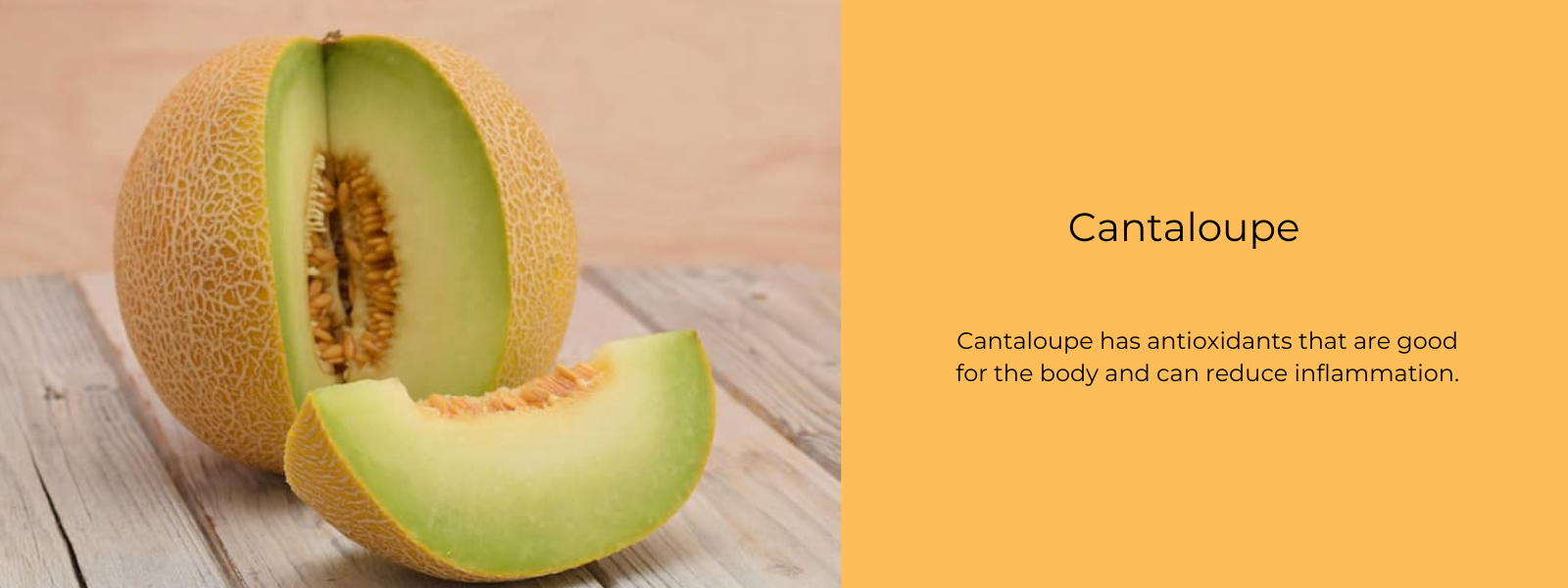
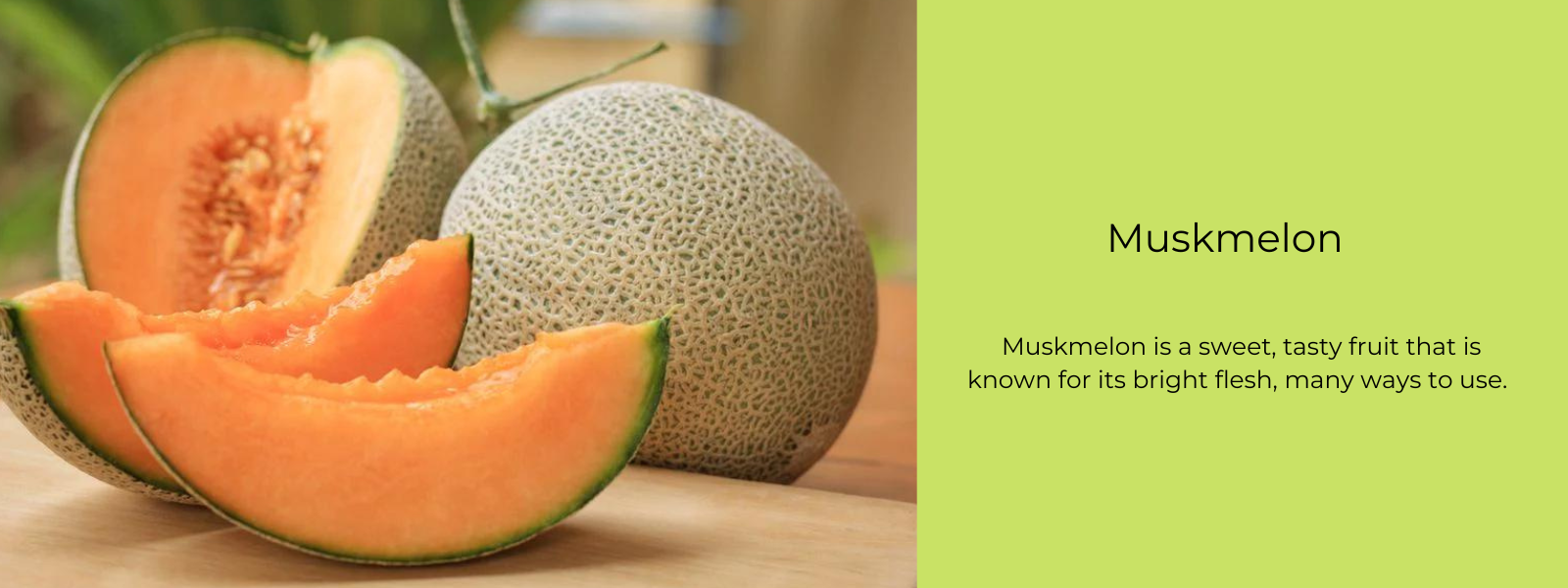
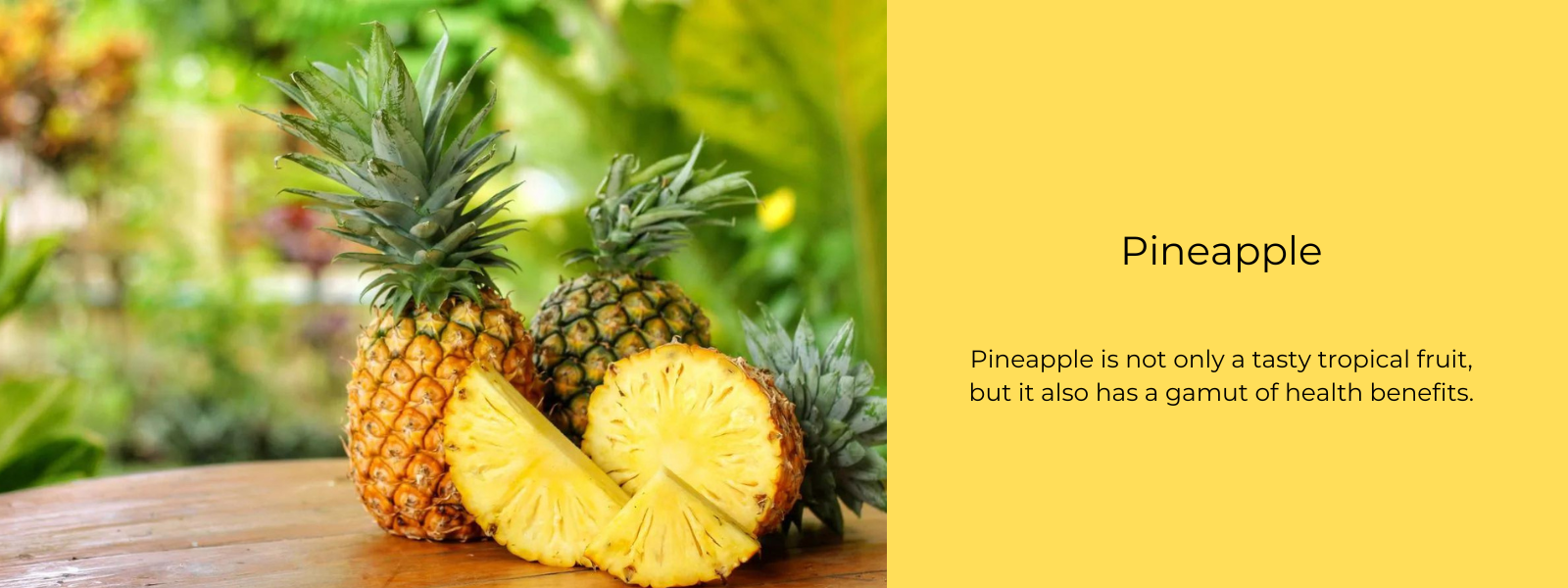
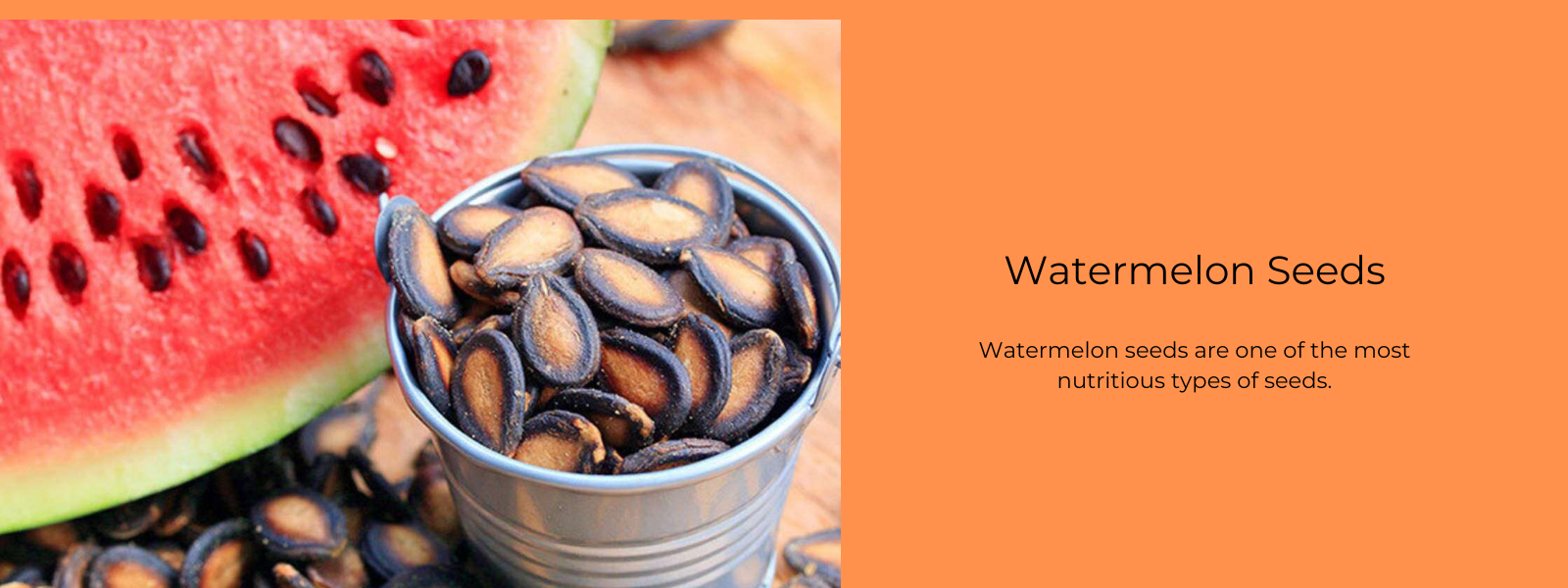

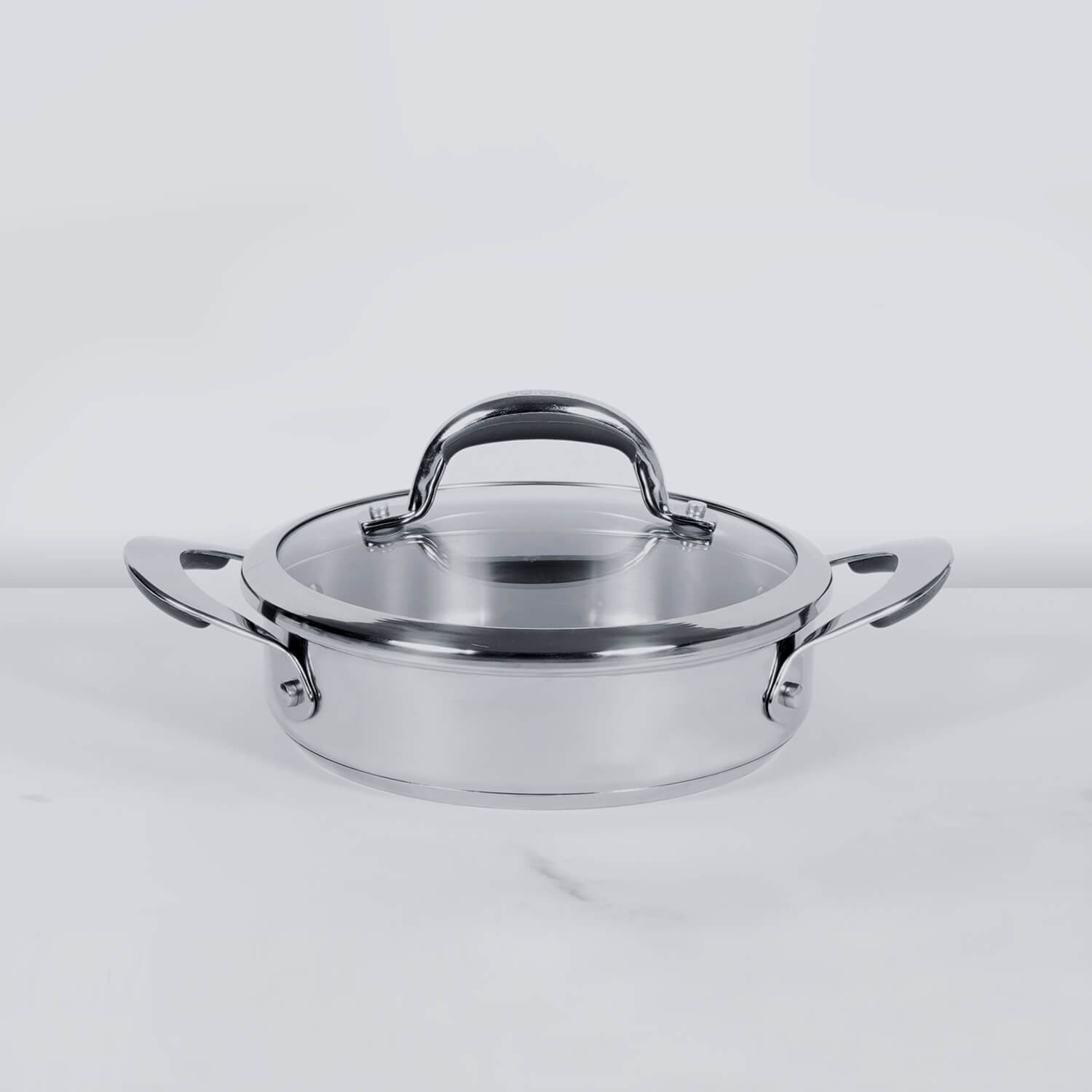




Leave a comment